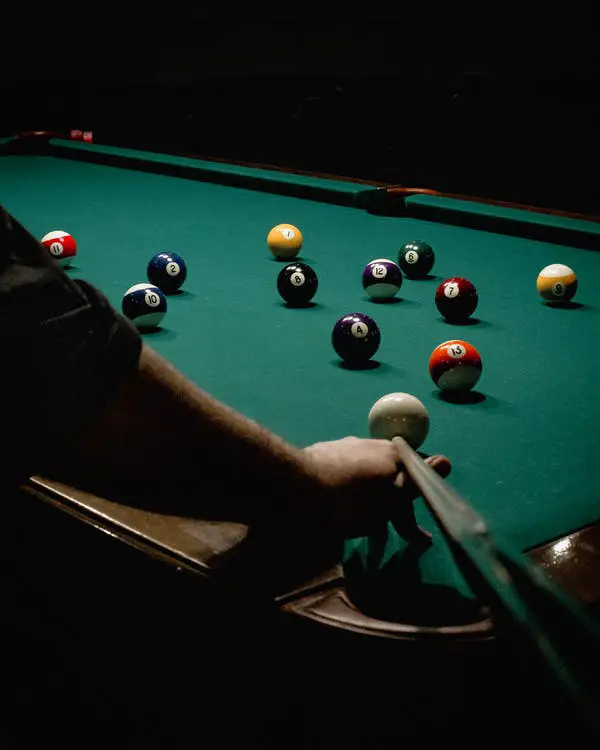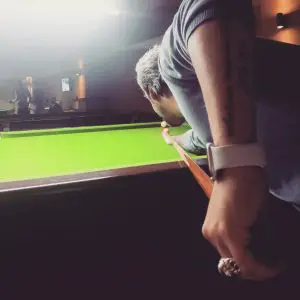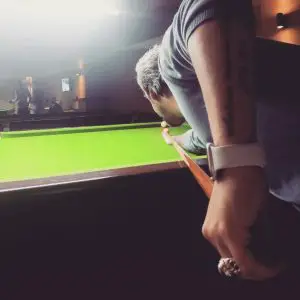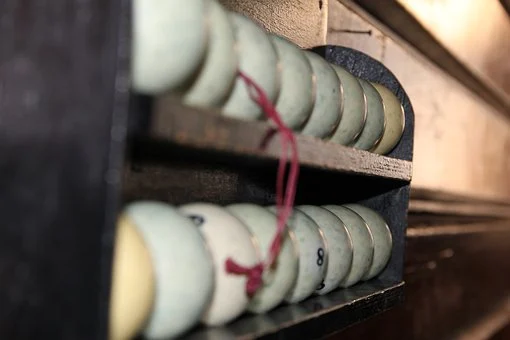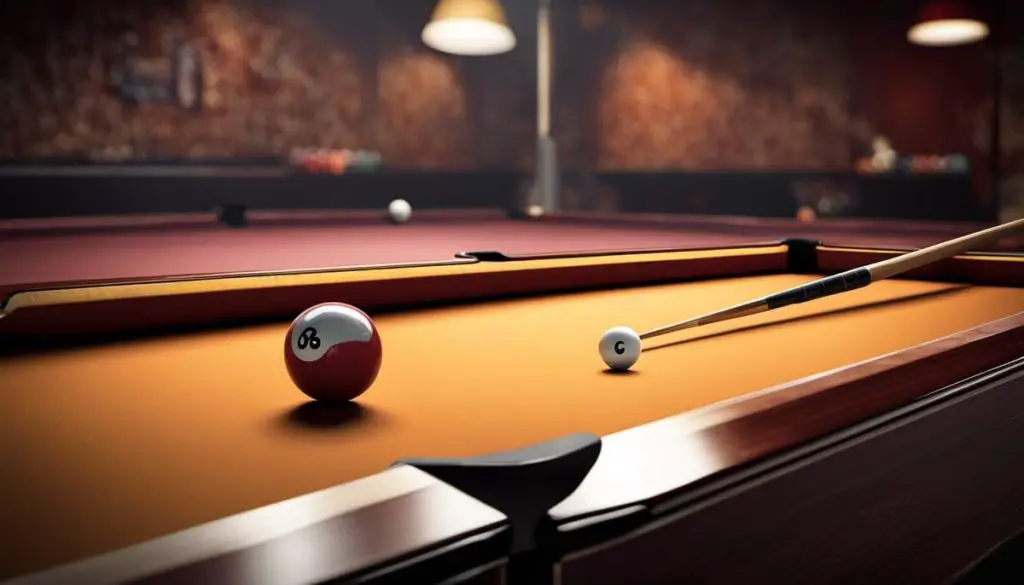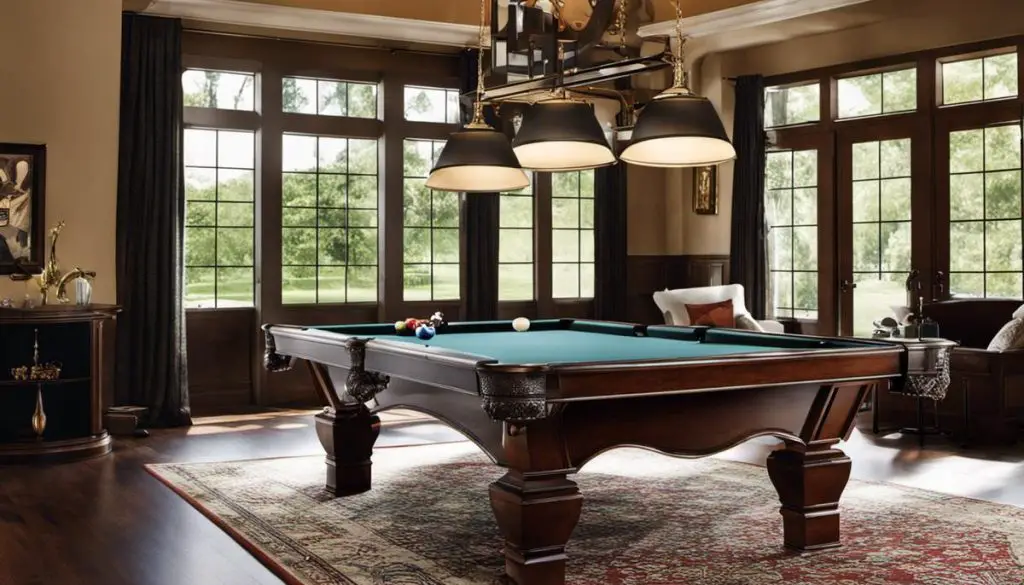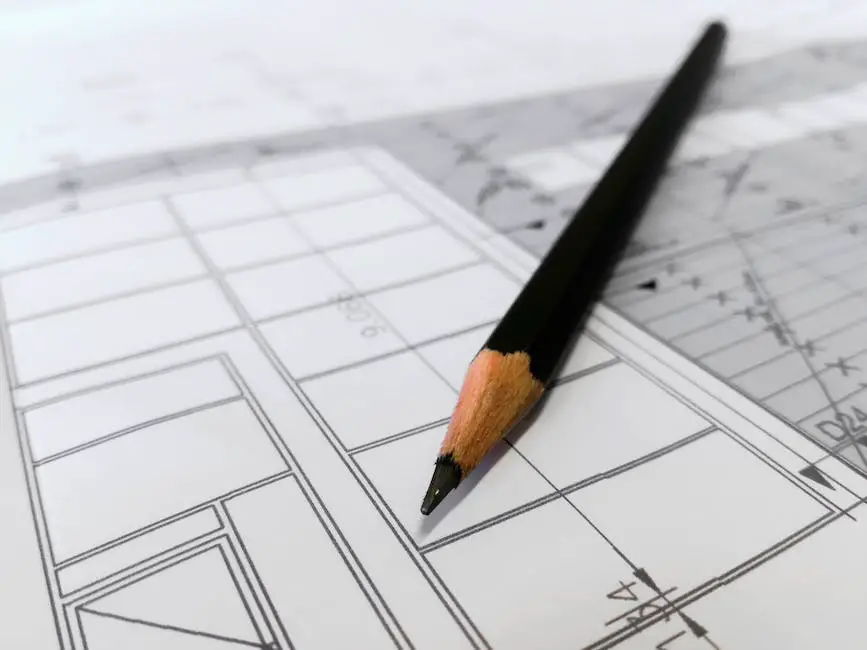The pool is a popular pastime all around the world. Everyone can enjoy the game, from casual weekend players to professional athletes who travel the globe to compete at the highest levels. However, no matter where you are in your learning curve, you must begin somewhere. And that necessitates getting up to speed on the fundamentals.
Things may appear complicated at first. There’s a lot to learn at the end, and if you’re like me, you’d want to get through it as quickly as possible. This is especially significant for those who are engaged in the topic. Don’t be concerned! You don’t need to be a brain surgeon to comprehend pool rules and etiquette.
If you’ve never played pool before or are a novice player wanting to learn all the basics, jargon, and how to play, you’ve come to the correct place. Everything there is to know about pool will be addressed in this essay.
Fundamentals Of Pools

Billiards, often known as “pool,” is a fun sport that may be enjoyed for the rest of one’s life and brings people together. Let’s talk about its history. the game was initially popularized by King Louis IX in the fourteenth century in Europe, where it was first developed before being replaced by croquet.
Many changes and enhancements have been made to the game since then. Popular games come and go, but the pool is still one of the most played globally, especially in the US, where pool tables can be found in nearly every bar and club you walk into.
Equipment
Billiards necessitates using tools generally available in billiard rooms but must be bought for home usage. We’ll go through the basics, so you have a better sense of what’s necessary for playing.
1. A Pool Table
The typical pool table length is 9 feet. It’s usually 100 inches long and 50 inches broad, but it may be adjusted smaller or bigger. When professional players are on television playing, this is the table size you see.
2. Cue Ball
The tabletop has 15 2.25-inch item balls composed of cast phenolic resin (a rock-solid plastic). It includes item balls in solid hues ranging from one to eight and stripes from nine to fifteen. Colors are numbered according to a scale that goes up in increments of ten.
The first and ninth digits are yellow, the second and tenth are blue, the third and eleventh are red, the fourth and twelfth are purple, the fifth and thirteenth are orange, the sixth and fourteenth are green while the seventh and fifteenth numerals are maroon. A color with a negative influence is called dark.
The balls are positioned in a particular order and formation for each type of game at the start of the game on a triangle rack. The cue ball, which is extra-heavy white, is struck to move other cue balls.
3. Pool Stick
A cue’s tip is constructed of leather and has a precise taper that ranges from 57 to 59 inches (that is, it widens from the tip to the butt). To enhance the elegance of your stroke and minimize damage to the balls, leather is frequently utilized to construct the cue’s tip.
How To Hit The Ball?
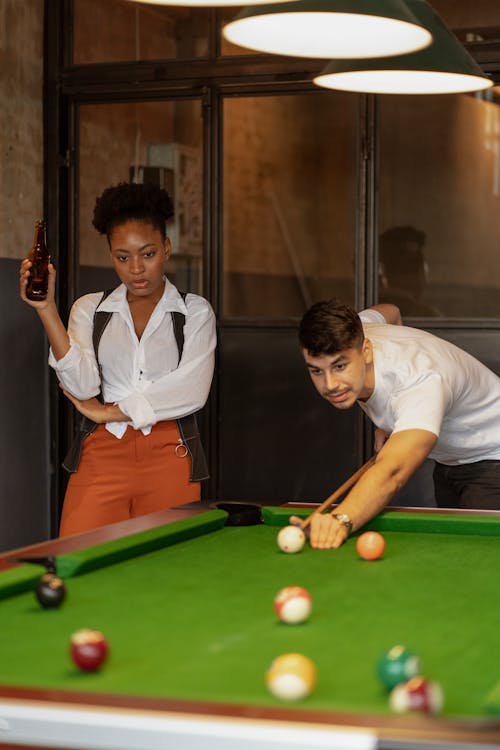
Pool players use high-end cues that are simple to operate and have tight aims and smooth strokes. This page has all the information you’ll need to enhance your pool game, whether you’re a casual player or a pro.
Stage #1: Making The Perfect Angle
1. Hand Positioning
- When you use your dominant hand, hold the end of the cue with your palm facing up. Look for a point on the wrap where it all balances out the same number of times. Grab your cue 1″ behind that spot.
- When you put your thumb and index finger together, make a circle. The cue should be under the ring and behind the knuckle on top of your middle finger. To make tripod-like support, spread out the tips of your “pinky” ring and middle fingertips.
- Make a trap with your hand Finger ridges: Place them on the table. Raise the other side of your hand a little bit.
2. Imagining The Stance
- Put one foot on the same side as the other hand in front of you.
- Set your other foot about two feet (60 cm) back from the front.
- Make sure you move your body away from the table so that the shot doesn’t get messed up.
- Make sure you’re not too close to the table. If you want to be more precise, lean a little into the shots.
- Strokes: The cue stick should be under your chin. This is known as “being down on the ball.” The professional always keep their head down, also known as “being down on the ball,” with the cue positioned right below their chin.
Stage #2: Hitting The Ball
- Chalk the tip of your cue with a paintbrush before each shot, as if you were painting with chalk. Twist the chalk on top of the stick rather than twisting it into position.
- Hold your cue in the same direction as the game table if you want the best control.
- Swing faster as you near the ball. Instead of hitting the ball with a quick blow, picture yourself swimming in a pool with your arm moving through the water. Do this instead of hitting the ball. A longer stroke gives the ball more power.
- Keep your follow-ups consistent and limited to one area. Before the ball starts rolling, ensure that the signal continues and gets close to the table. The end of your cue should not come to a halt until after the ball is struck.
- Remain in place after the shot. Every other ball that it strikes from this location may be viewed in angle and direction. It also prevents you from accidentally moving the arm at a jerky pace by preventing you from messing up the shot.
- Take frequent breaks between practices, and don’t hit balls until you’re confident with the way you play.
Stage #3: Making An Aim
- Consider placing an inaudible ball next to the one you wish to sink into the pocket.
- Place the cue above the target. The angle of the cue should be such that it extends from right above the cue ball to the target in a parallel line.
- Back your cue up and set the butt end on the table, where you think the center of the invisible ball (the one you imagined next to the actual ball) would be. Maintain the angle that you created when lining up the ball and pocket.
- Keep the tip of the cue on the table. Bring the rest of the cue to the right or left until you’re over the white ball. You’re now ready to sink this ball by hitting it at a particular angle.
- Set your shot up at the angle you just calculated. Make contact with the white ball by striking it in the middle.
- Practice playing with your non-dominant hand every day until you become ambidextrous. It will make you less likely to win the current game but more likely to win future games.
When playing pool, you might get an awkward shot with your dominant hand, but if you play with your non-dominant hand all the time, your non-dominant hand will improve faster for such shots than if you just played pool with your non-dominant hand. Skill passes from one task to another when you do everything with your non-dominant hand rather than only playing pool with your non-dominant hand as in other sports.
Similar Articles You Might Like:

